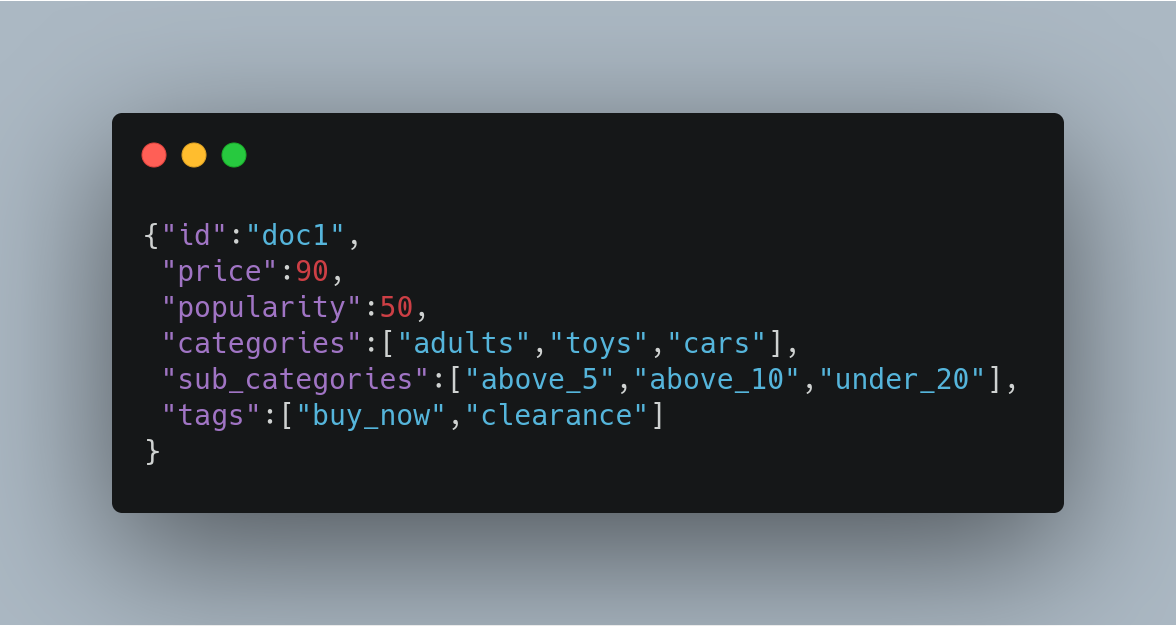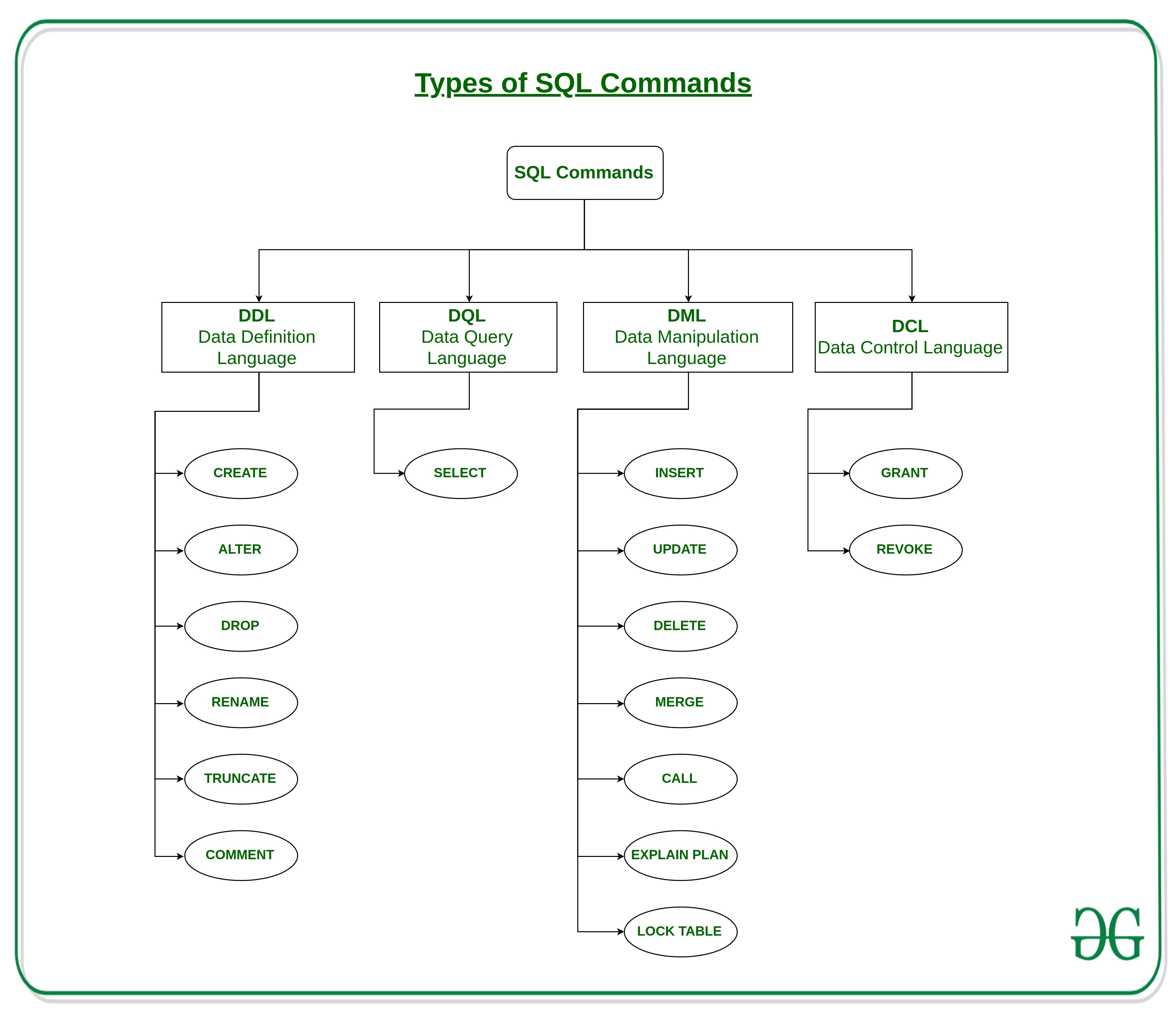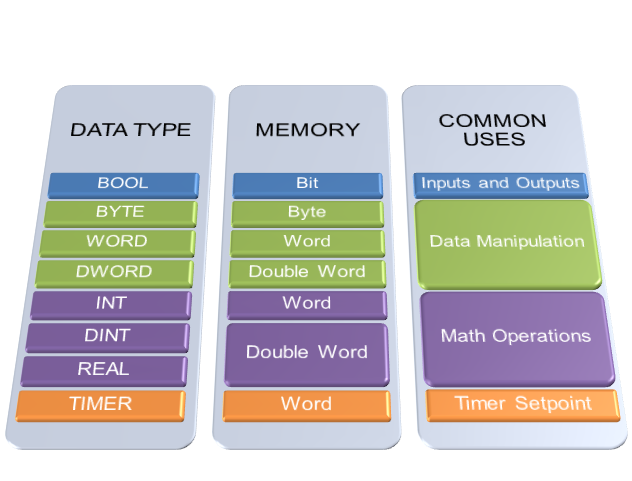

- #Basic data types and operations how to#
- #Basic data types and operations code#
- #Basic data types and operations windows#
The endpoints in the SharePoint REST service correspond to the types and members in the SharePoint client object models. HTTP operations in SharePoint REST services

#Basic data types and operations windows#
#Basic data types and operations code#
Complete basic operations using JavaScript library code in SharePoint- Complete basic operations using SharePoint client library code.
#Basic data types and operations how to#
Instead, you make HTTP requests to the appropriate endpoints to retrieve or update SharePoint entities, such as webs, lists, and list items.įor an introduction to the SharePoint REST interface and its architecture, see Get to know the SharePoint REST service.įor information about how to work with core SharePoint entities, see Working with lists and list items with REST and Working with folders and files with REST.įor a sample that shows you how to do many of these operations in the context of an ASP.NET web application written in C#, see SharePoint-Add-in-REST-OData-BasicDataOperations.įor information about the sets of APIs available on the SharePoint platform, see Choose the right API set in SharePoint.įor information about how to use the other client APIs, see: One advantage of using REST is that you don't have to add references to any SharePoint libraries or client assemblies. The REST interface exposes all the SharePoint entities and operations that are available in the other SharePoint client APIs. Used when int is not large enough to hold the value, it has wider range than int data type, ranging from -9,223,372,036,854,775,808 to 9,223,372,036,854,775,807.ĭouble: Sufficient for holding 15 decimal digitsįloat: Sufficient for holding 6 to 7 decimal digitsīoolean: holds either true of false.You can perform basic create, read, update, and delete (CRUD) operations by using the Representational State Transfer (REST) interface provided by SharePoint. The byte data type couldn’t hold the value 150 but a short data type can because it has a wider range.

Int: Used when short is not large enough to hold the number, it has a wider range: -2,147,483,648 to 2,147,483,647 Its range is -32,768 to 32767.ĭefault size of this data type: 2 byte short num = 45678 This is greater than byte in terms of size and less than integer. The range of byte as I mentioned above is -128 to 127. Try the same program by assigning value assigning 150 value to variable num, you would get type mismatch error because the value 150 is out of the range of byte data type. Mostly used to save memory and when you are certain that the numbers would be in the limit specified by byte data type. This can hold whole number between -128 and 127.

Java developers included these data types to maintain the portability of java as the size of these primitive data types do not change from one operating system to another.īyte, short, int and long data types are used for storing whole numbers.įloat and double are used for fractional numbers.Ĭhar is used for storing characters(letters).īoolean data type is used for variables that holds either true or false. In Java, we have eight primitive data types: boolean, char, byte, short, int, long, float and double. It is a good programming practice to declare all the variables ( that you are going to use) in the beginning of the program. So in order to use the variable num in our program, we must declare it first as shown above. In the last tutorial about Java Variables, we learned how to declare a variable, lets recall it: int num This means that you must specify the type of the variable (Declare the variable) before you can use it. A language is statically typed, if the data type of a variable is known at compile time. Here we will discuss primitive data types and literals in Java. In java we have two categories of data type: 1) Primitive data types 2) Non-primitive data types – Arrays and Strings are non-primitive data types, we will discuss them later in the coming tutorials. Data type defines the values that a variable can take, for example if a variable has int data type, it can only take integer values.


 0 kommentar(er)
0 kommentar(er)
